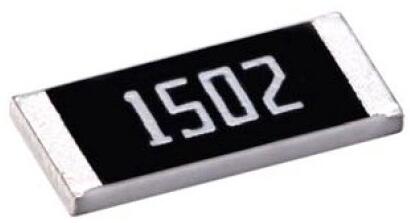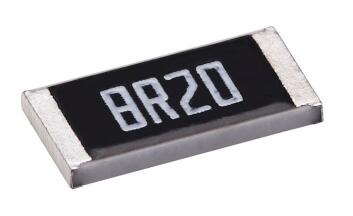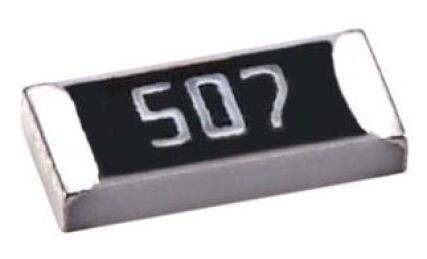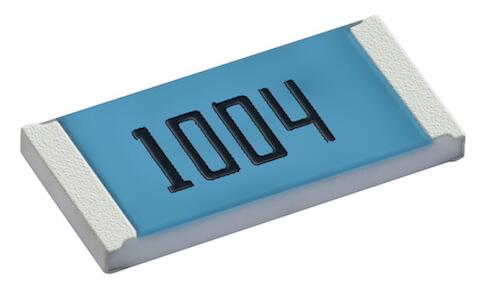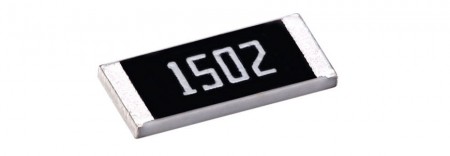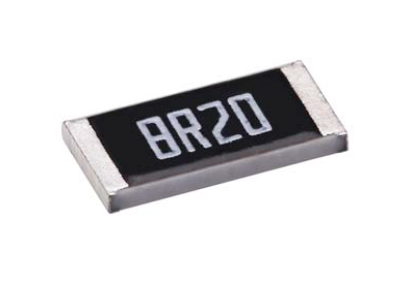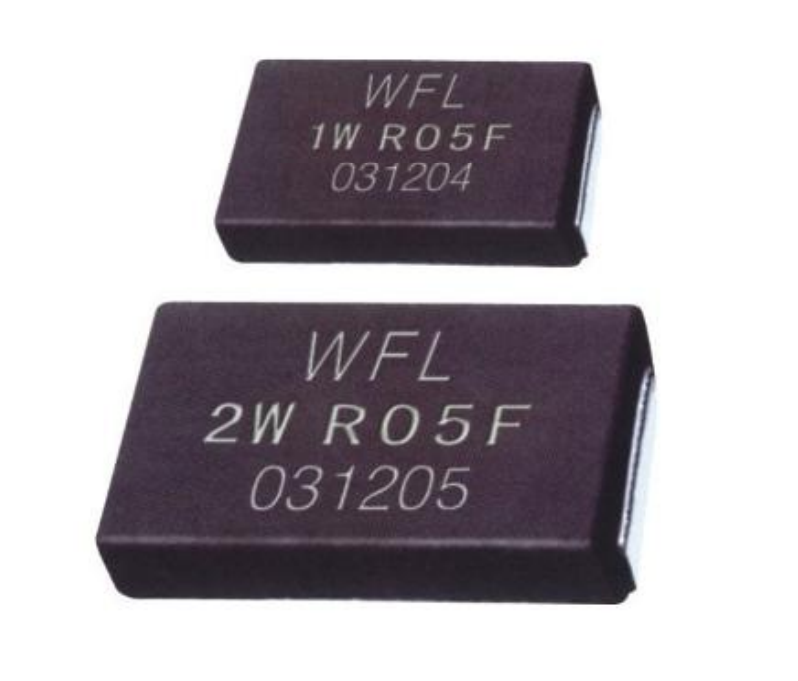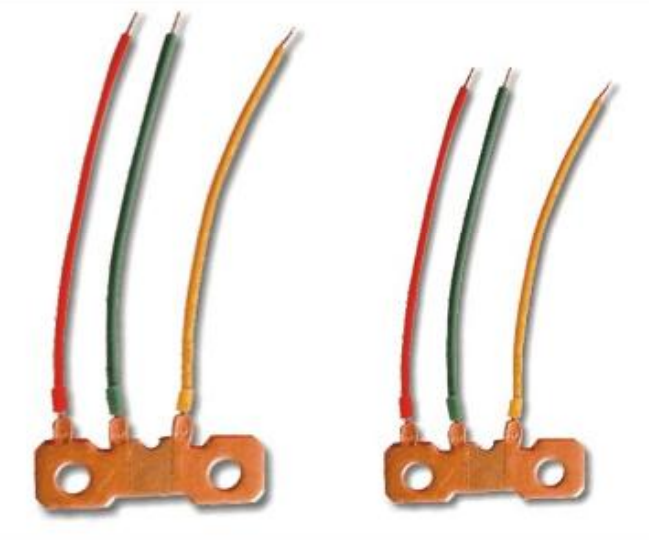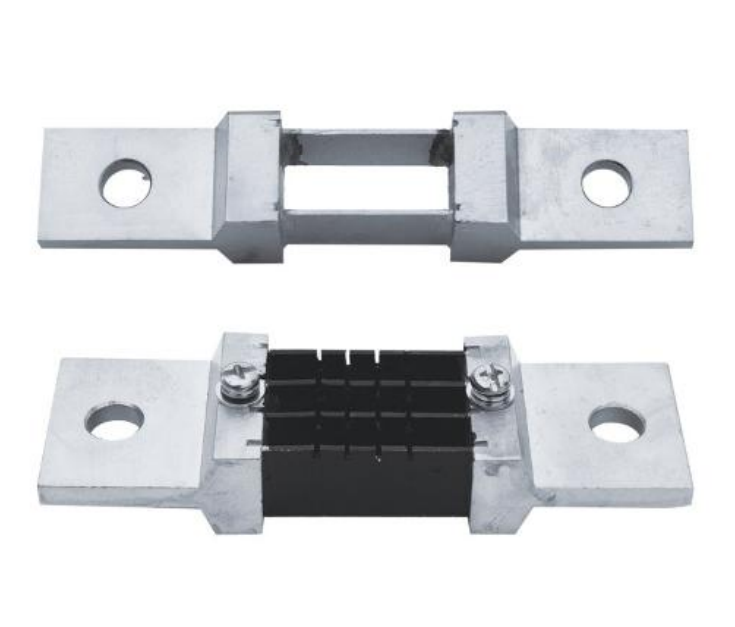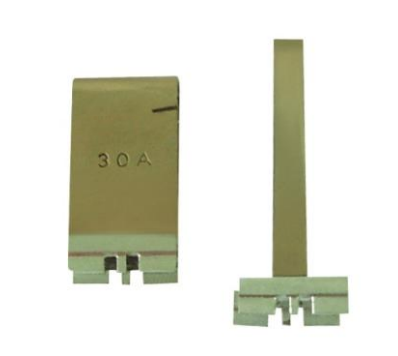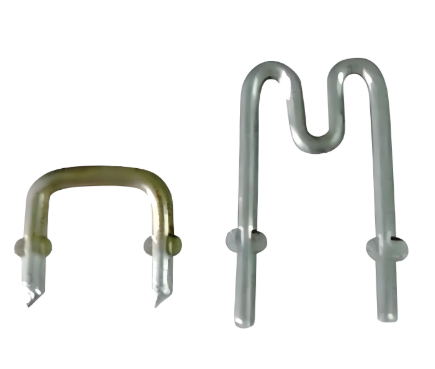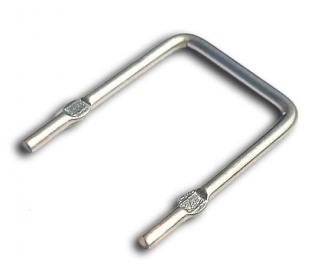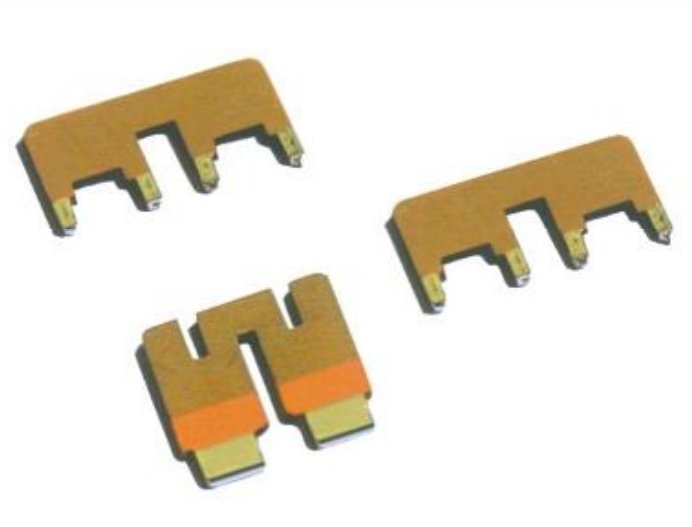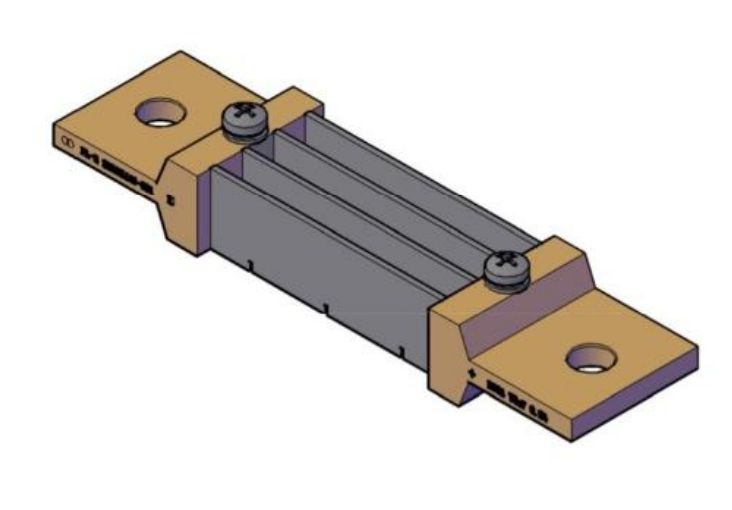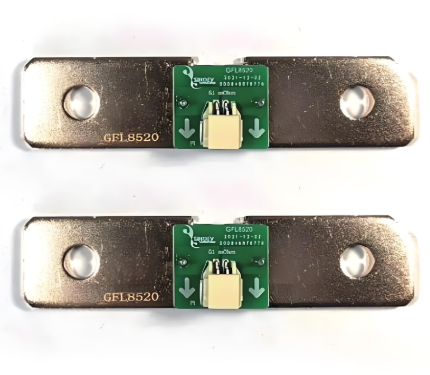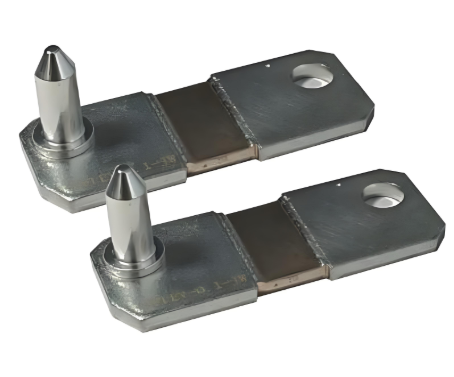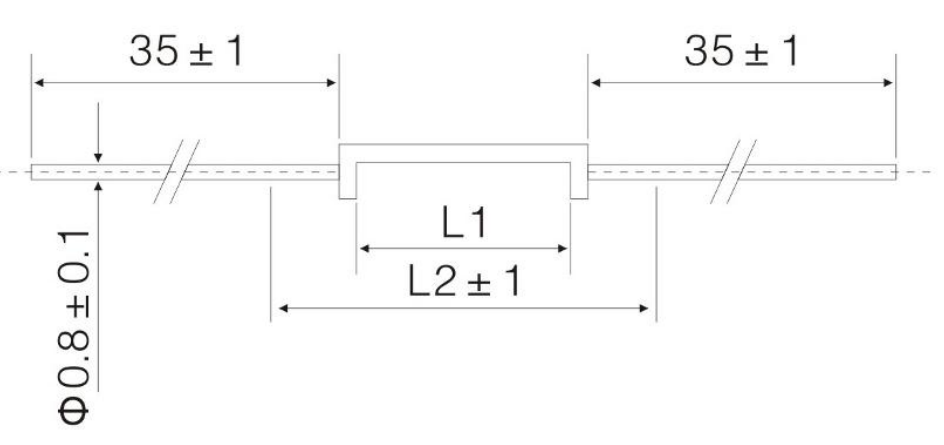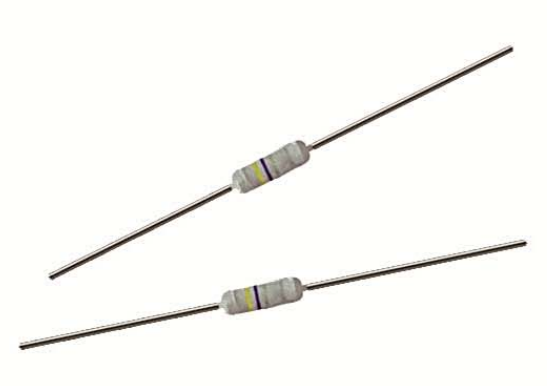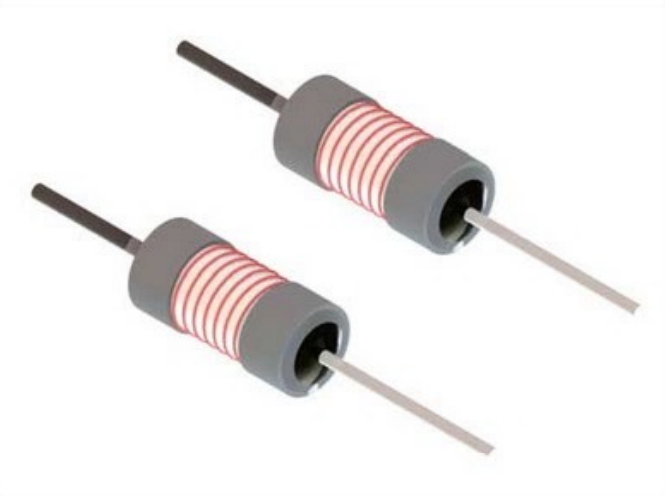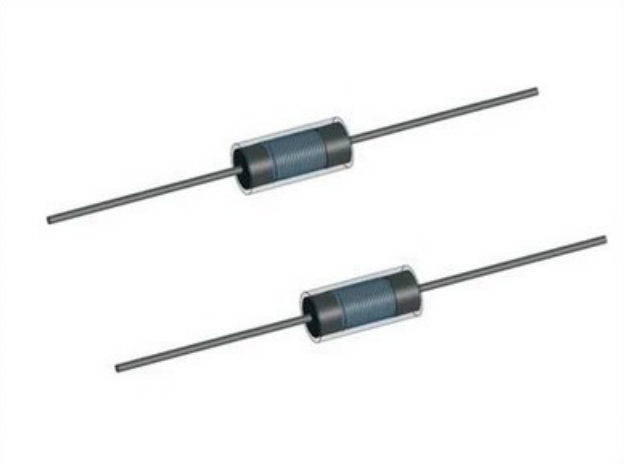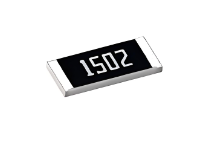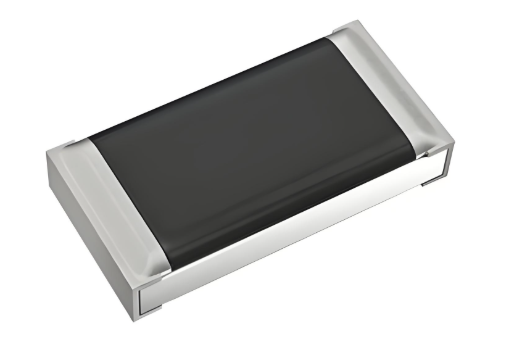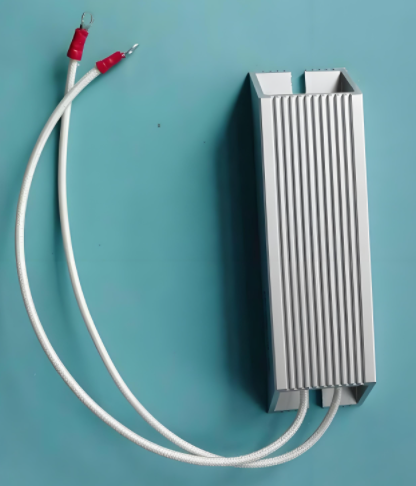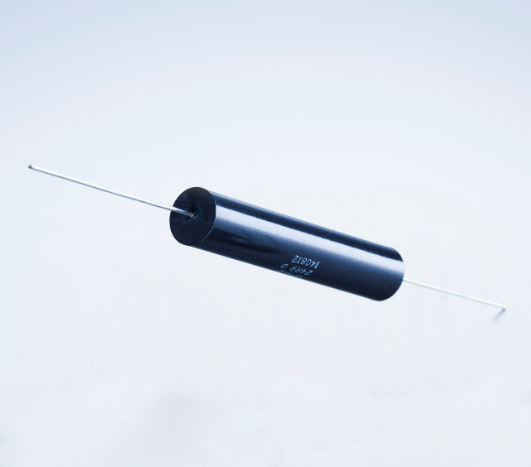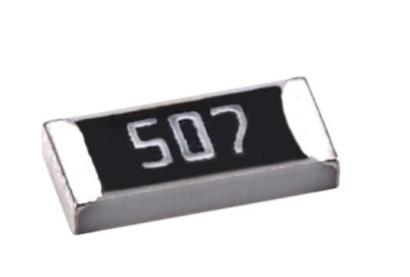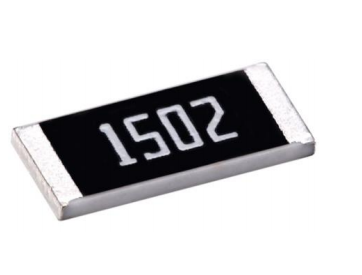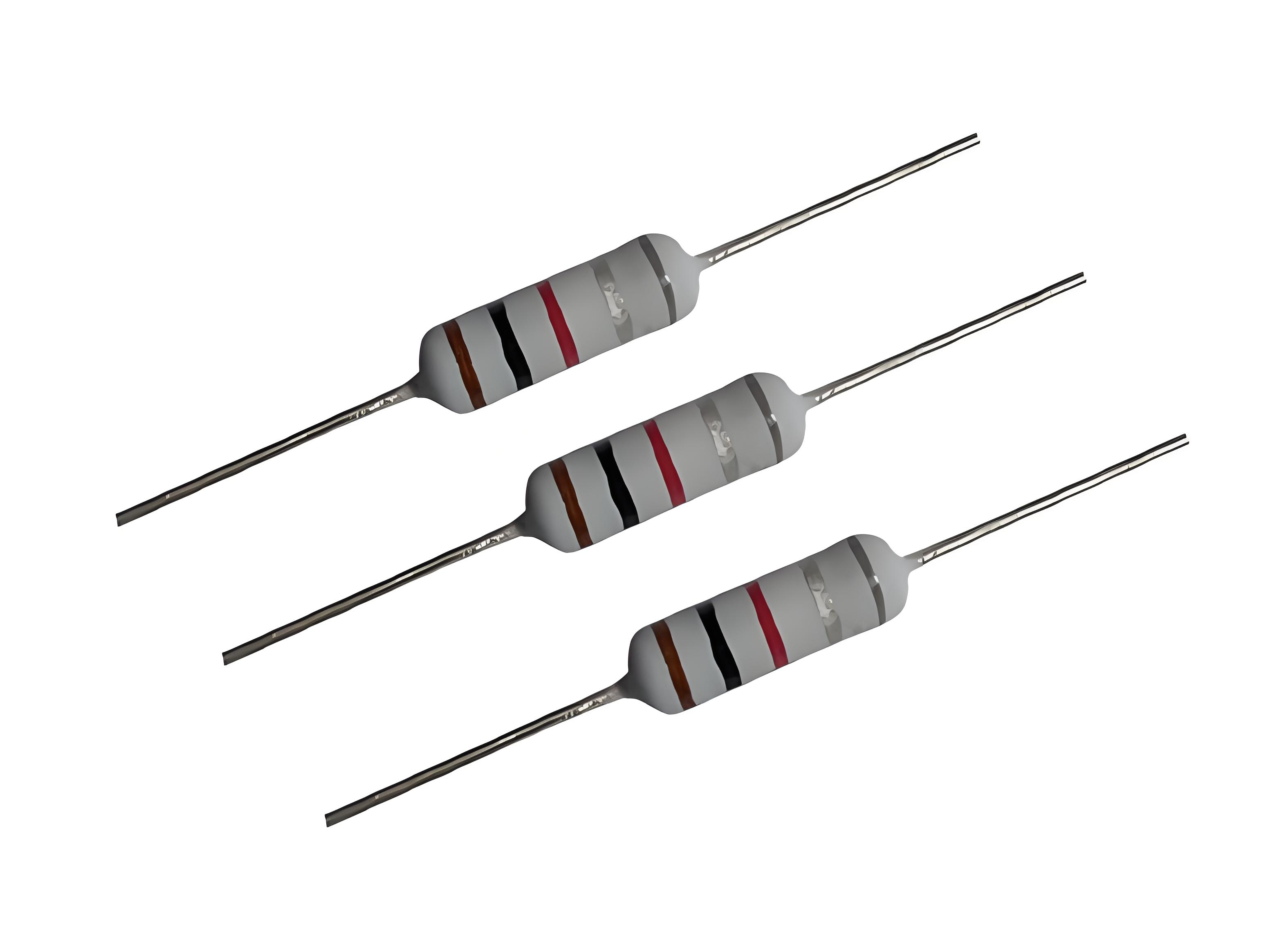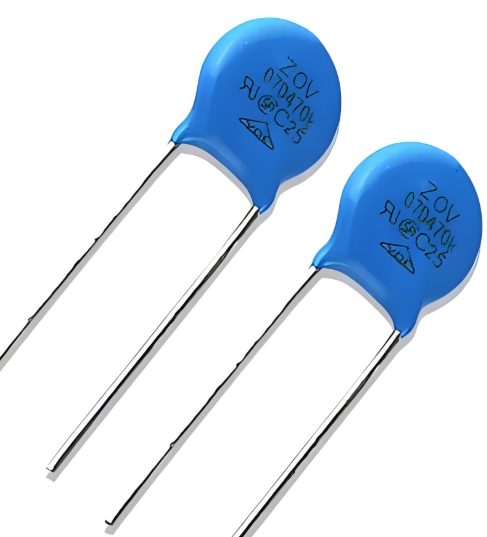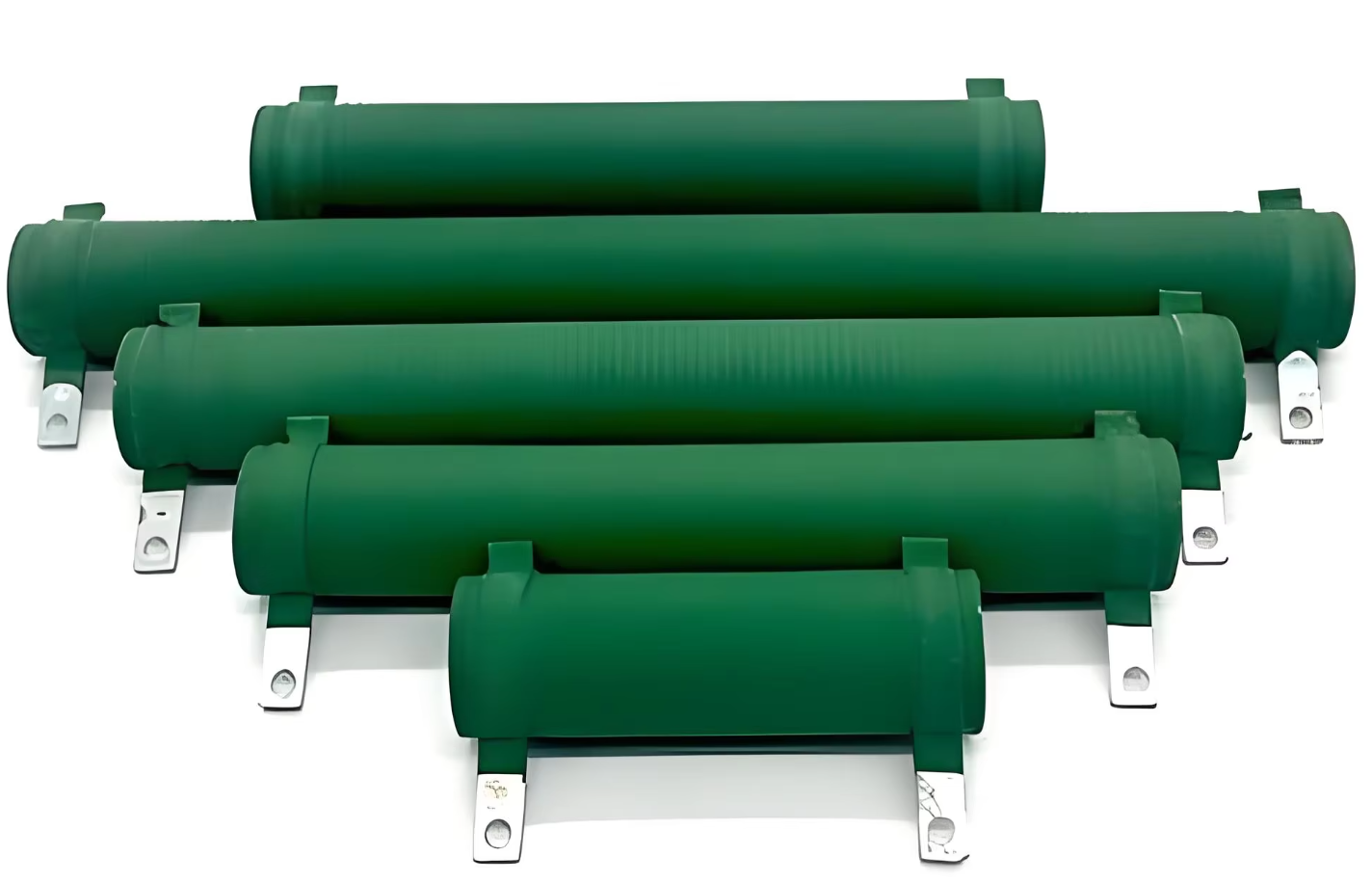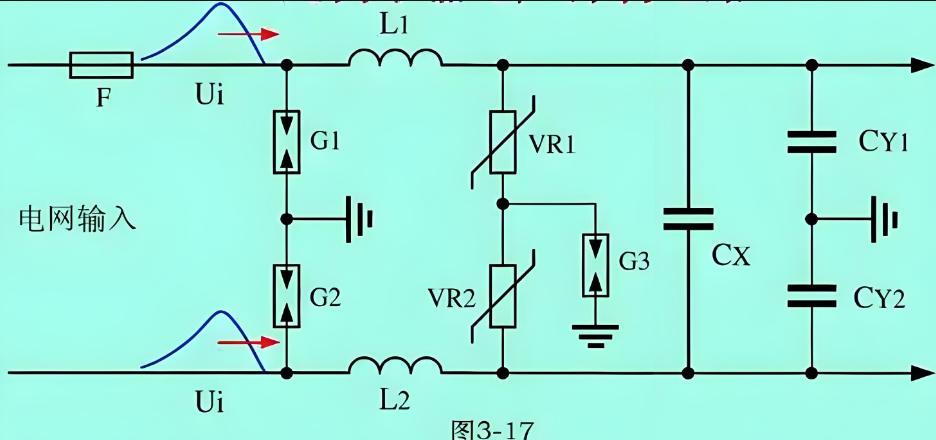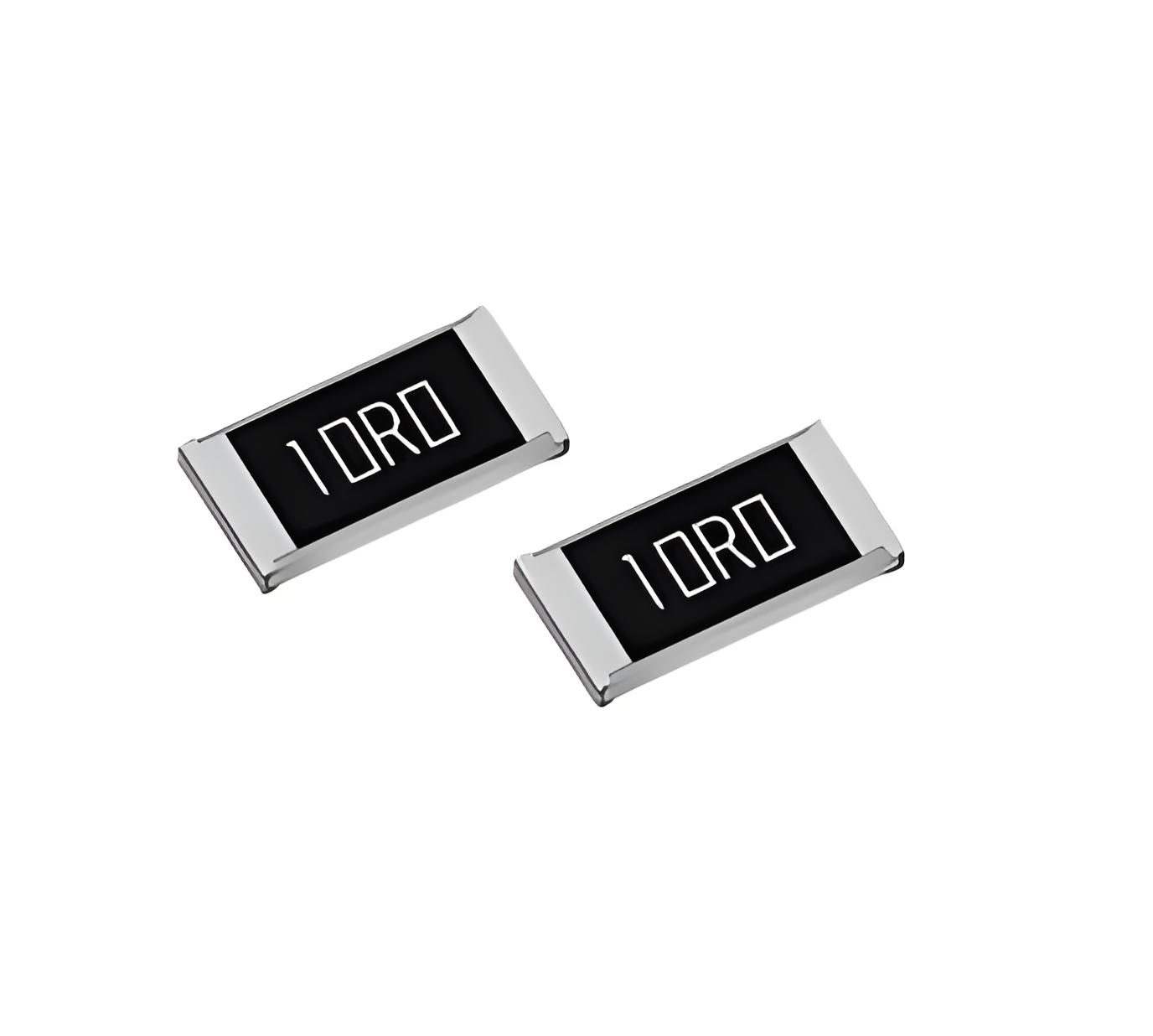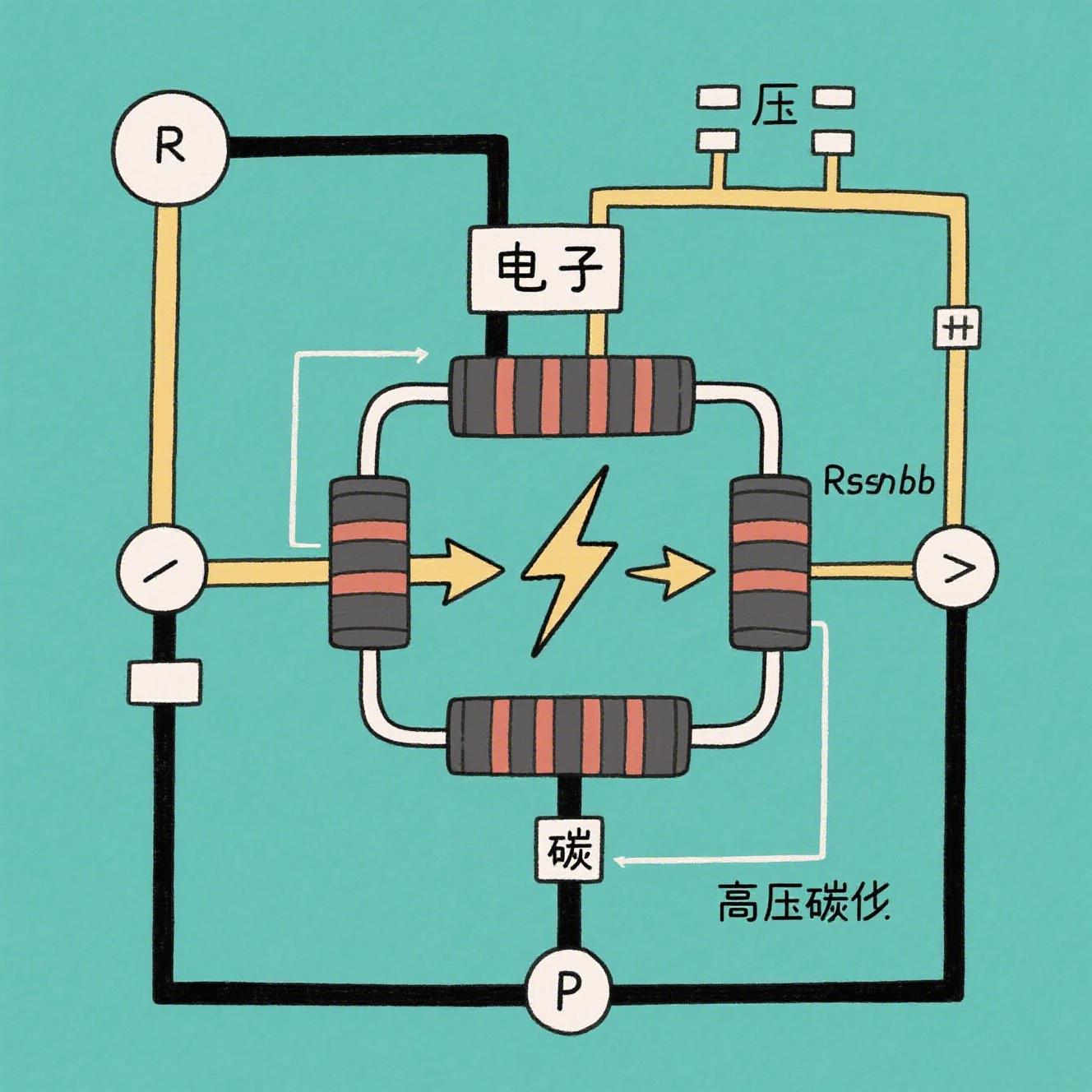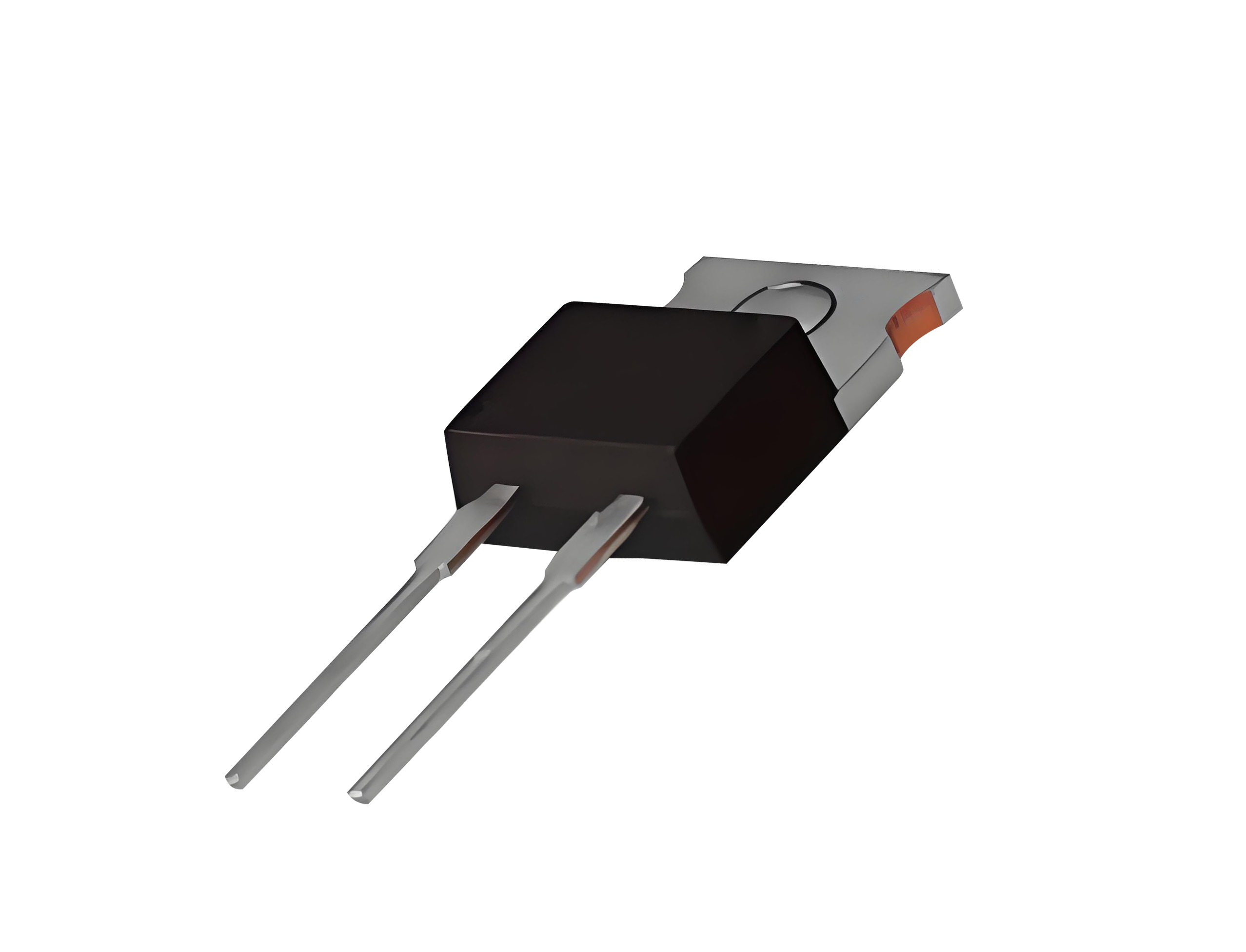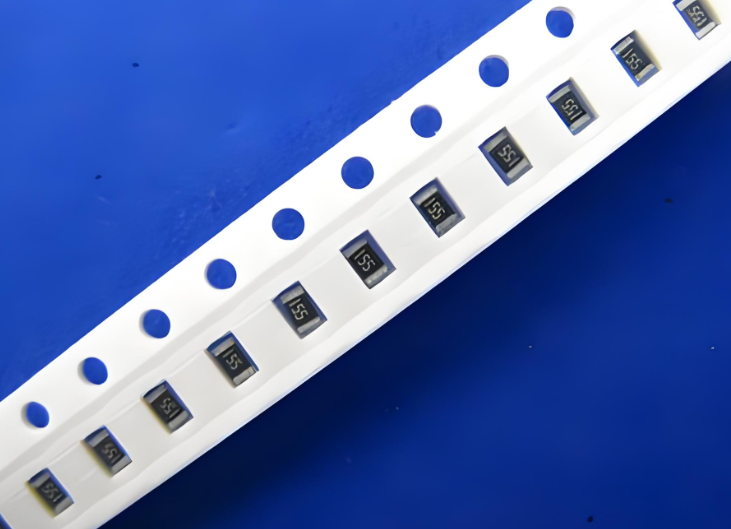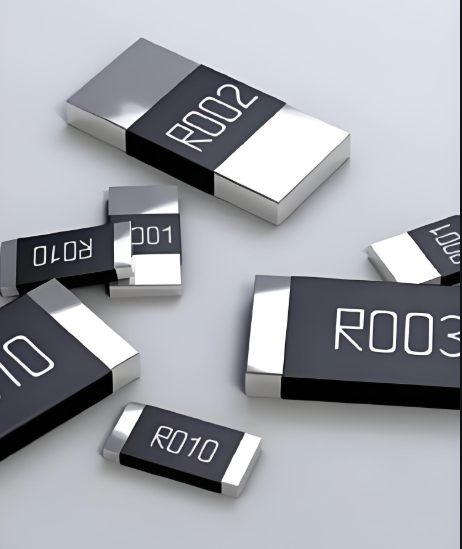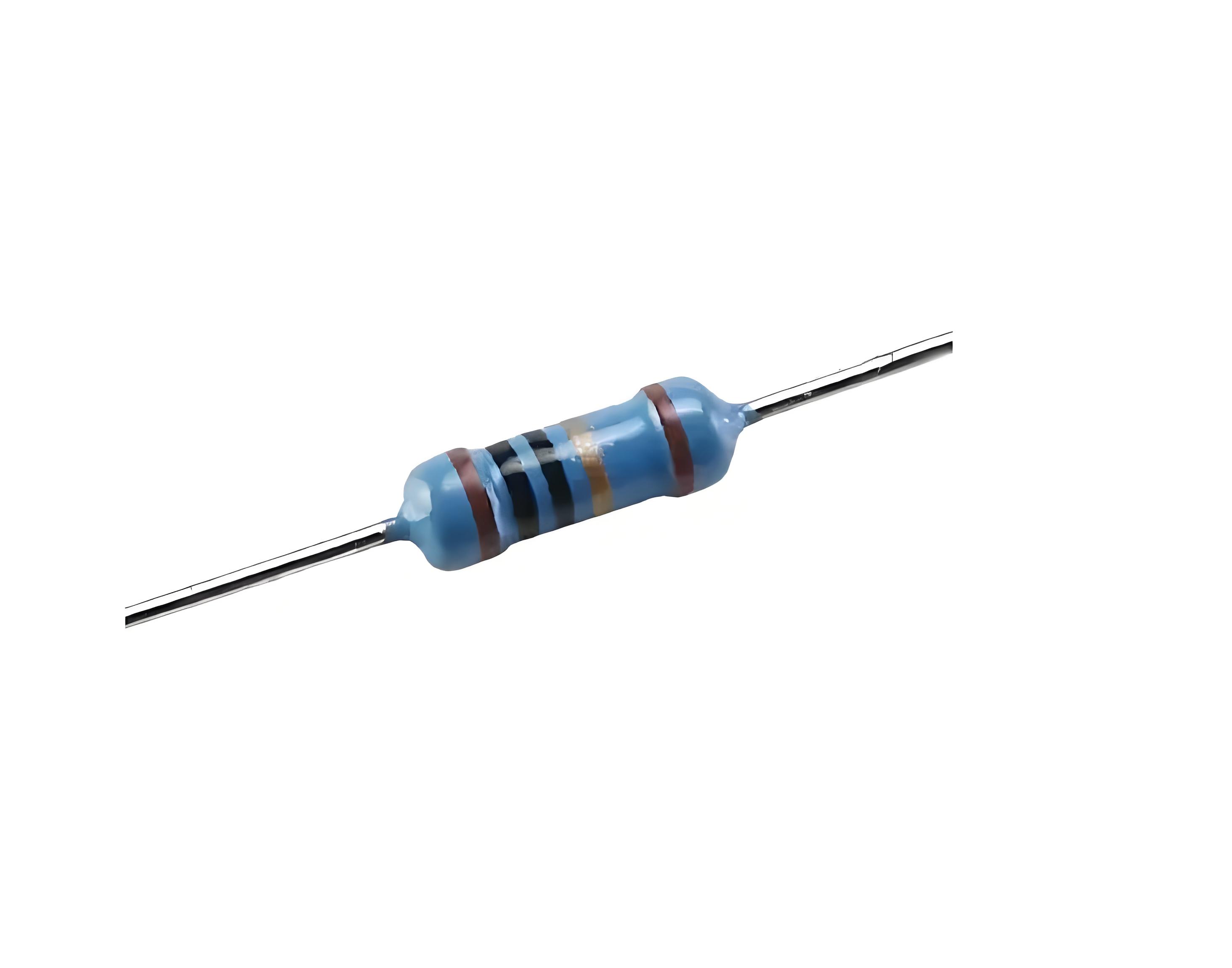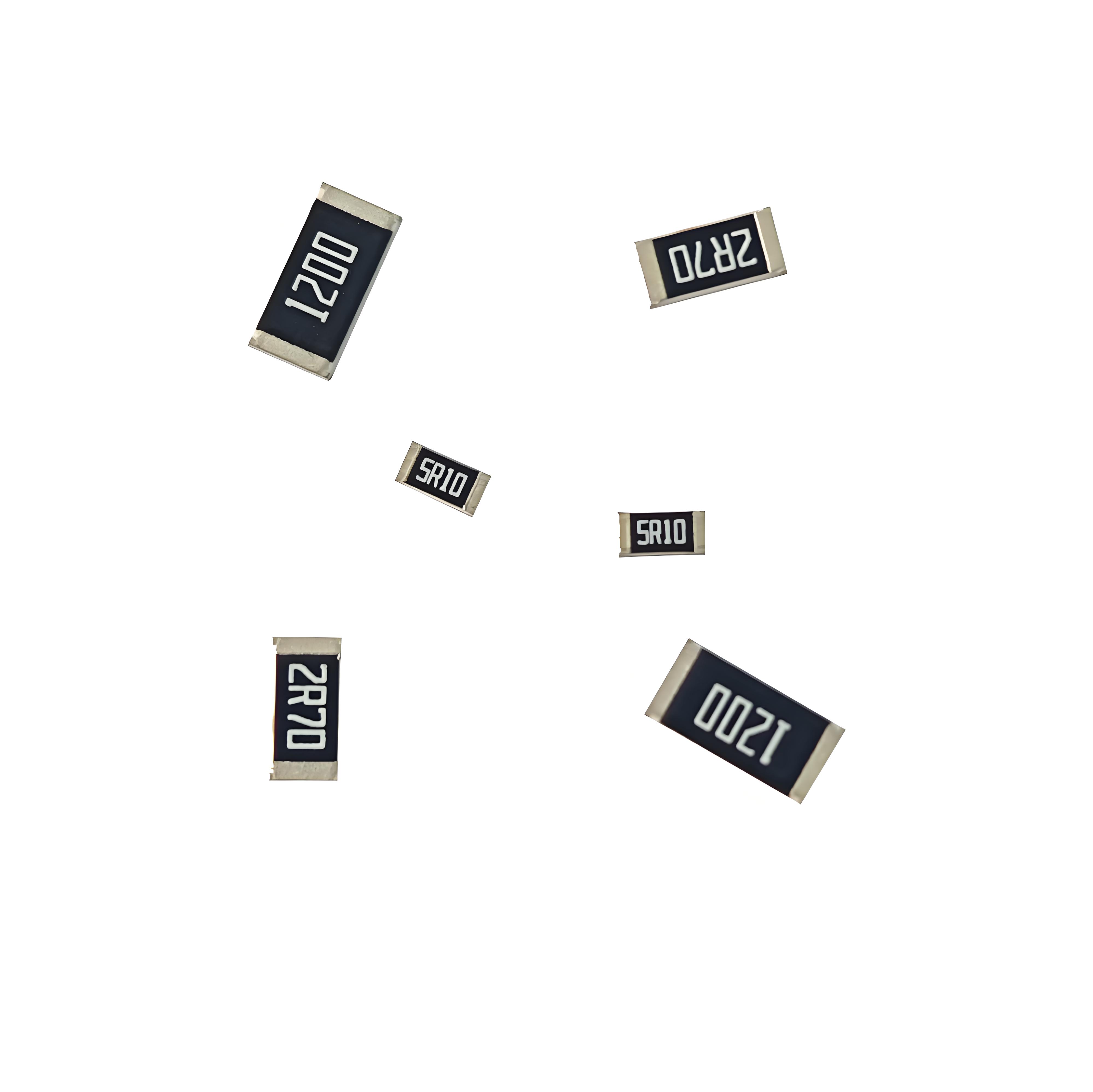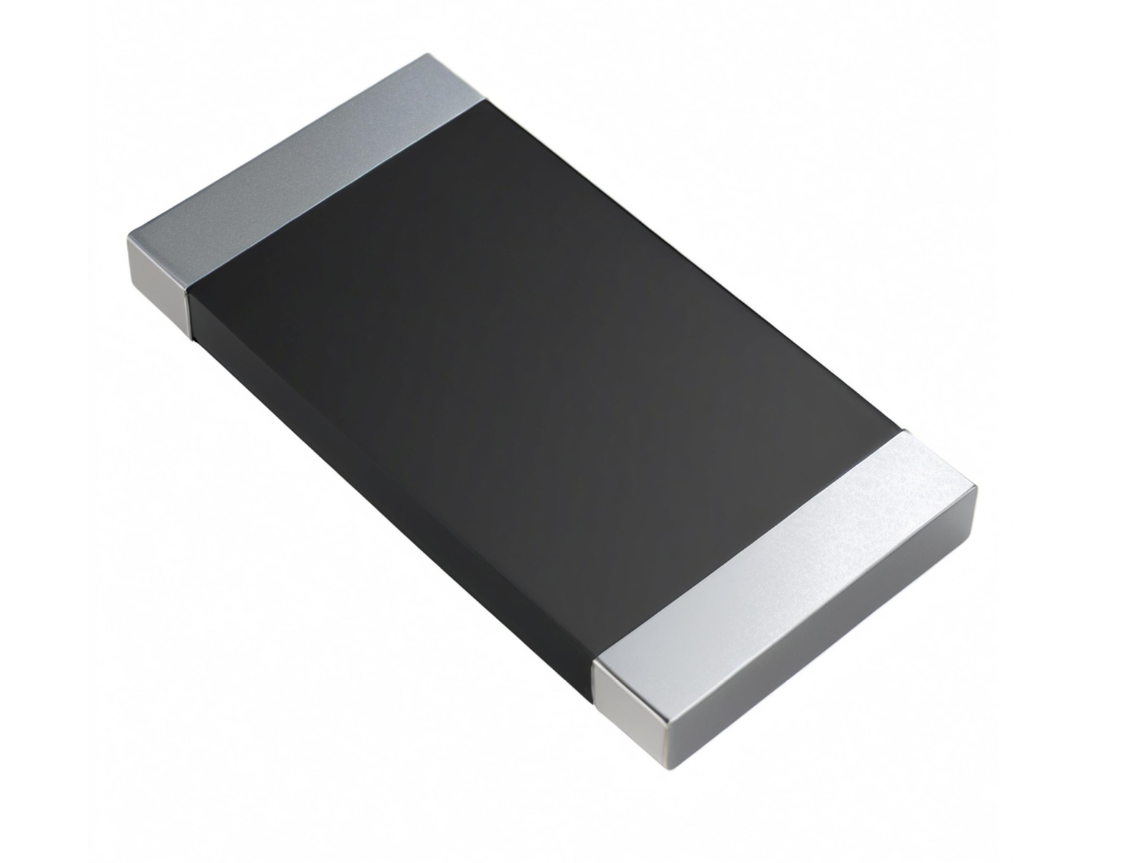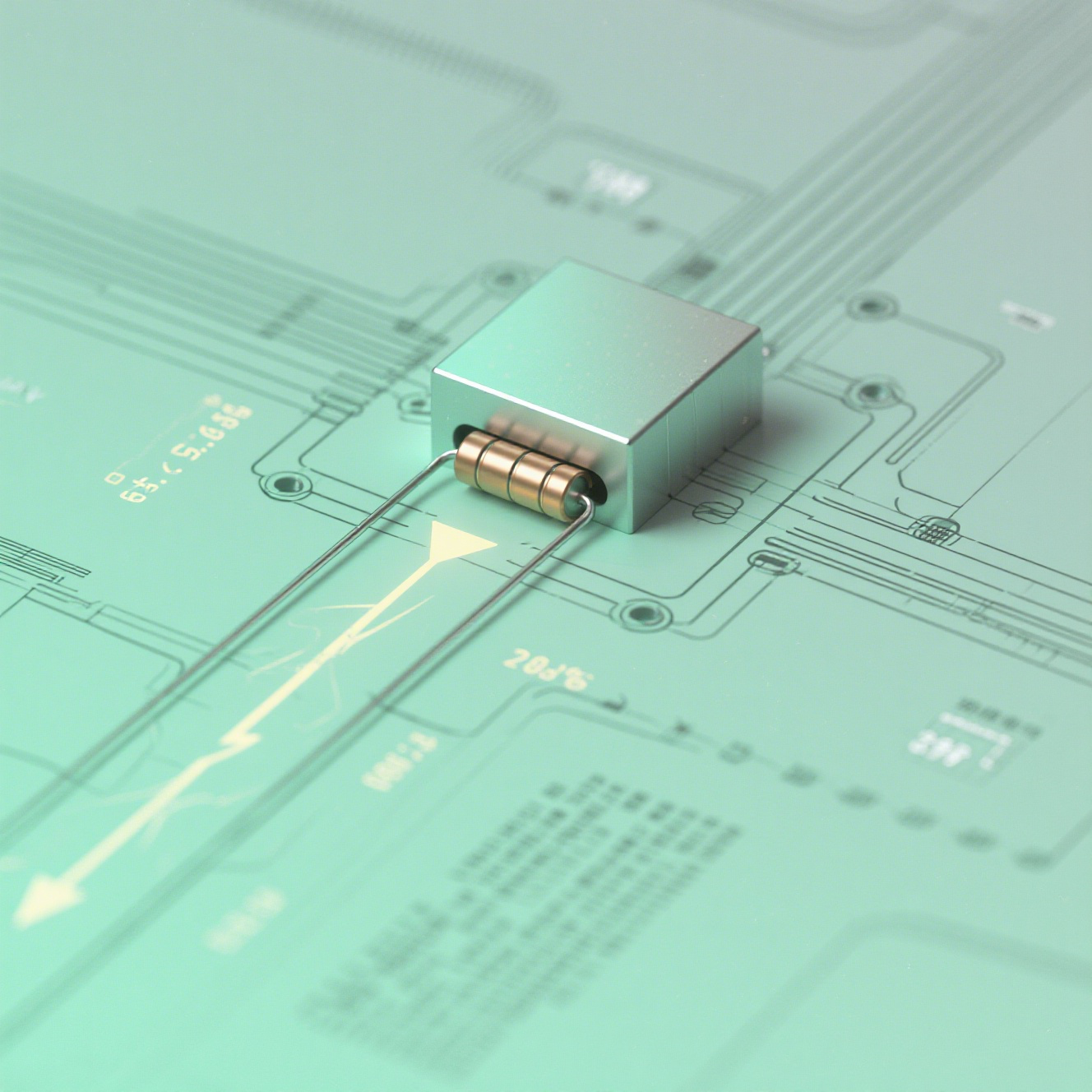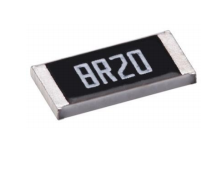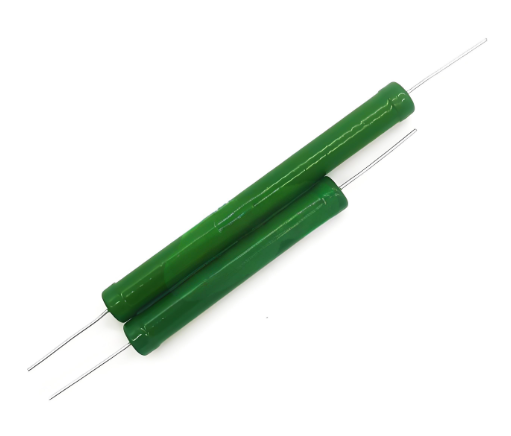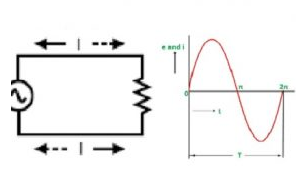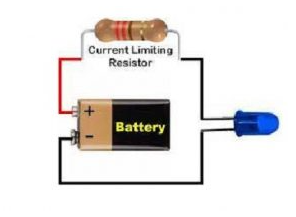Introduction
In today's complex electronic landscape, circuits are constantly exposed to voltage surges that can disrupt normal operations and damage sensitive components. Anti-surge precision resistors have emerged as critical elements in safeguarding electronic systems. This article explores how these specialized components can stabilize electronic circuits, protect against voltage anomalies, and enhance overall system reliability. We'll also examine a common challenge in circuit design and present effective solutions using anti-surge precision resistors.
Table of Contents
Introduction to Anti-surge Resistors
Anti-surge resistors are specifically designed to handle transient voltage surges that occur in electronic circuits. These resistors can absorb and dissipate excess energy during voltage spikes, protecting other components from damage. Their precision counterparts combine this surge handling capability with tight tolerance values, making them ideal for applications requiring both protection and accuracy.
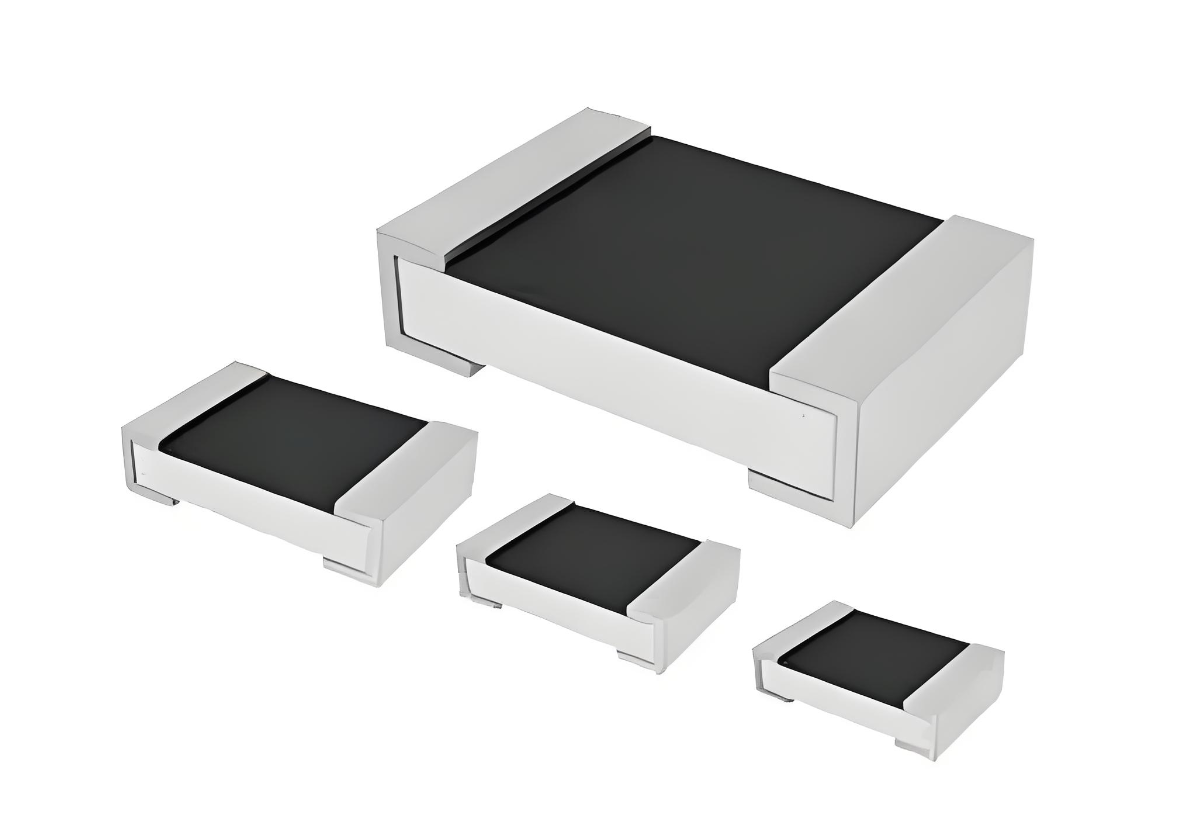
Characteristics of Anti-surge Precision Resistors
Anti-surge precision resistors possess several key attributes that make them suitable for voltage surge protection in electronic circuits:
| Characteristic | Description | Typical Values |
|---|---|---|
| Surge Current Rating | Maximum current the resistor can handle during a surge event | 5A to 50A peak |
| Power Dissipation | Continuous power the resistor can safely dissipate | 0.5W to 20W |
| Resistance Tolerance | How close the actual resistance is to the nominal value | ±0.1% to ±5% |
| Pulse Energy Absorption | Energy the resistor can absorb during a surge | 0.01J to 10J |
| Response Time | How quickly the resistor reacts to a surge | Sub-microsecond |
Common Voltage Surge Issues in Circuits
Electronic circuits face several voltage surge-related challenges that can compromise their reliability and functionality:
Sudden power interruptions and restarts causing voltage spikes
Lightning strikes inducing transient overvoltages
Switching operations generating voltage transients
Electrostatic discharge (ESD) events
Motor starting/stopping creating current surges
These voltage surges can lead to component degradation, premature failures, and unpredictable circuit behavior. A common problem designers face is how to protect sensitive components like microcontrollers, voltage regulators, and communication interfaces from these transient events without significantly affecting the normal circuit operation.
Solutions Using Anti-surge Precision Resistors
Anti-surge precision resistors offer an effective solution to voltage surge protection challenges. By strategically placing these resistors in the circuit, designers can:
Limited surge currents to safe levels
Dissipate excess energy from voltage transients
Protect sensitive downstream components
Maintain circuit accuracy through precision resistance values
Provide consistent performance over a wide temperature range
The precision aspect of these resistors ensures that protection doesn't come at the cost of circuit accuracy. The tight tolerance values mean that the resistor maintains its specified resistance during normal operation, preserving the intended circuit behavior while still providing surge protection.
Case Study: Power Supply Circuit Protection
A common application for anti-surge precision resistors is in power supply input stages. Let's examine how these resistors can protect a typical AC-DC power supply circuit:
| Parameter | Without Protection | With Anti-surge Resistor |
|---|---|---|
| Voltage Spike Magnitude | Up to 2500V peak | Limited to 330V peak |
| Component Longevity | Frequent failures within 6 months | Typical lifespan of 5+ years |
| System Downtime | Average of 12 hours/month | Less than 1 hour/year |
| Maintenance Costs | $2500 annually | $500 initially, $200 annually |
In this scenario, an anti-surge precision resistor rated for 10A surge current and 5W continuous power dissipation was installed in the power supply's input stage. The resistor effectively clamped voltage spikes from the AC line, protecting the sensitive power conversion components downstream. This implementation resulted in significant improvements in system reliability and reduced maintenance costs.
Selection Guide for Anti-surge Resistors
When selecting anti-surge precision resistors for your application, consider the following factors:
Maximum expected surge current and duration
Continuous power dissipation requirements
Required resistance tolerance and temperature coefficient
Operating temperature range
Physical size constraints
Expected surge energy (calculated as ½ I²Rt)
For optimal performance, choose a resistor with surge current ratings exceeding the anticipated maximum surge by at least 20%, and power dissipation capacity sufficient for both continuous operation and surge events.
Conclusion
Anti-surge precision resistors represent a sophisticated solution to the persistent problem of voltage surges in electronic circuits. By combining surge current handling capability with precision resistance values, these components provide both protection and accuracy. As demonstrated in our case study, their implementation can significantly enhance system reliability, reduce downtime, and lower maintenance costs. For designers facing voltage surge challenges in their circuit designs, anti-surge precision resistors offer an effective, cost-efficient path to more robust and dependable electronic systems.

